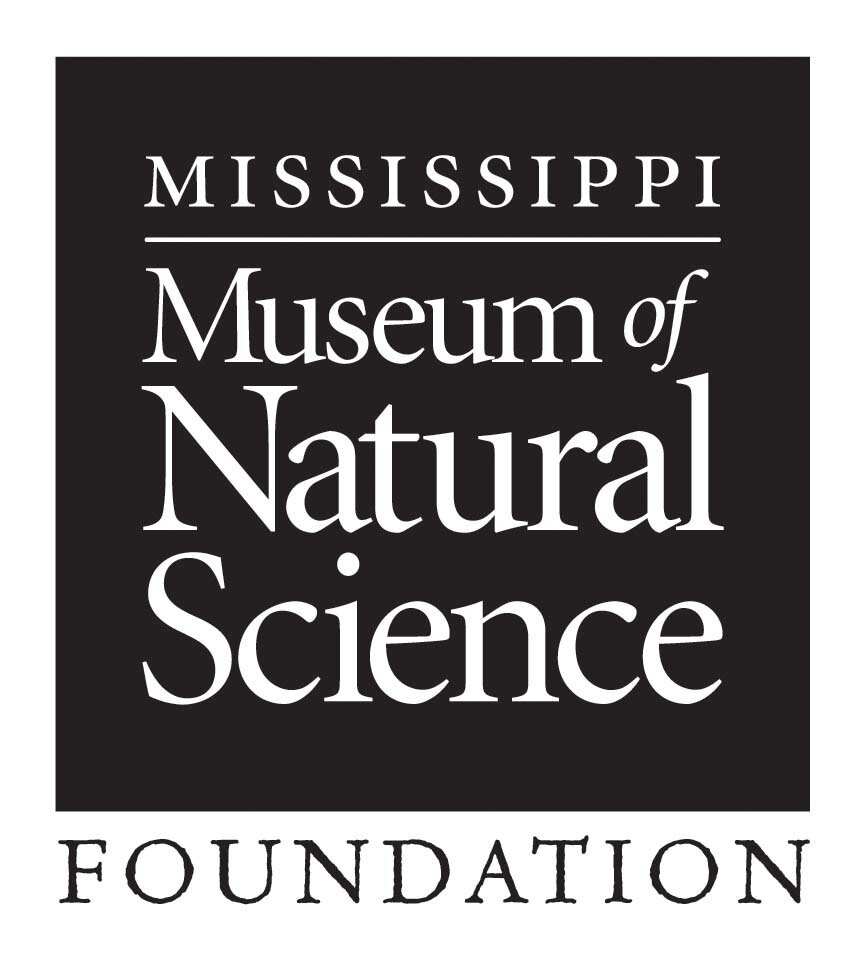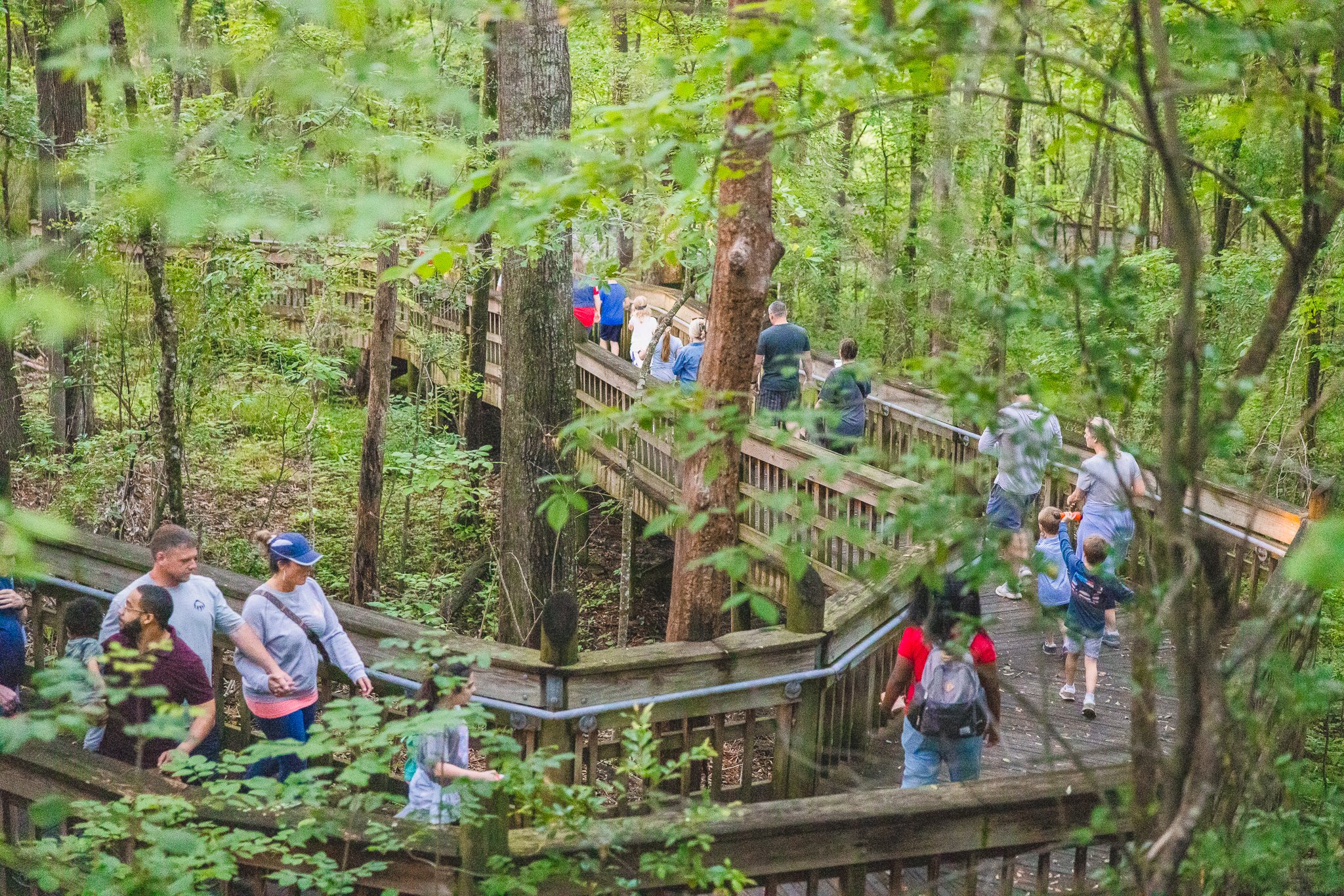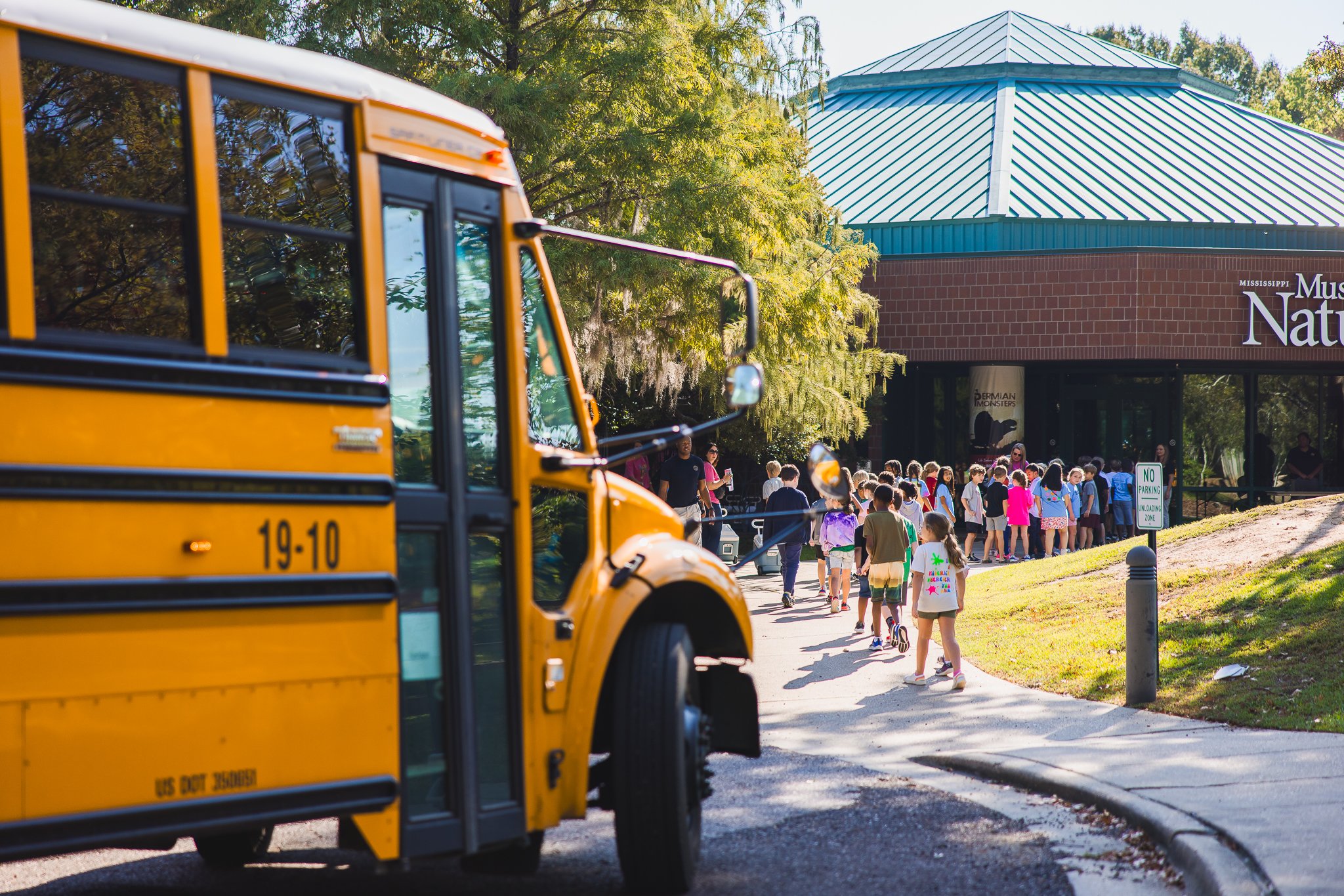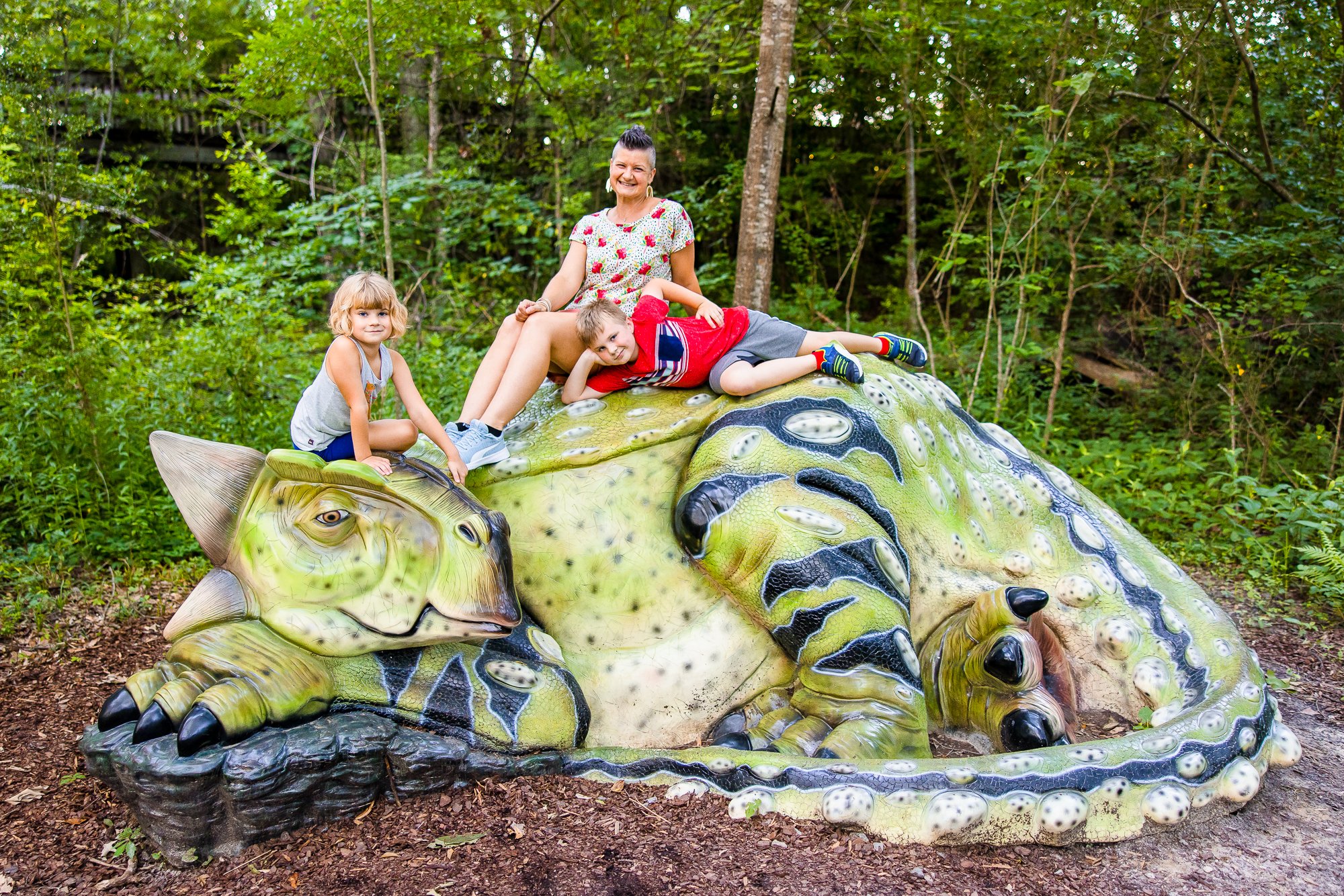by Andrew Whitehurst, MMNSF Board Member
Children need a way to fall in love with nature and they need places for this to happen. Current writing on child development explains and reinforces this need. The book “Last Child in the Woods” (2008) by Richard Louv is a good place to start.
When children reach adulthood with a solid tie to the natural world – plants, forests, mammals, birds, beaches, rivers, and yes … dinosaurs and fossils – it will remain with them and provide happiness, a built-in prescription for stress, and a way to unclutter a mind that is constantly stimulated by computer screens, tablets, and cell phones.
When any one of us drifts back in memory, our affinity and need for a dose of nature is often tied to “place.” The Mississippi Museum of Natural Science (MMNS) in Jackson is such a place, situated on a 305-acre state park along the Pearl River, one of our state’s two major coastal plain rivers. For hundreds of thousands of school children and thousands of families with small children, the museum has provided a starting place and support for sparking that love for the natural world.
Inside the museum, there are beautiful and informative permanent exhibits, a whole hallway of aquariums, and the hall behind the fossil wall that holds traveling exhibits on a wide array of science subject matter. I see the aquariums as the face of the MMNS because they are beautiful, always in motion, and full of life: plants, frogs, fish, snakes, turtles.
When my son and daughter were young, I would wake them up on a Saturday and say, “Let’s go see the fish,” and they knew exactly where we were going.
Nothing draws children and their families like the various dinosaur exhibits, but many other types of exhibits have passed through the temporary exhibit hall.
One of my favorites in the early 2000s featured the art of Walter Inglis Anderson, the Mississippi Gulf Coast’s premier painter of barrier islands and their wildlife. Next to several of Anderson’s watercolors, the exhibit curators place a living specimen. There were living pitcher plants next to painted pitcher plants and tanks of turtles next to Anderson’s turtle renderings. The hallway was a celebration of art and nature that I’ve never forgotten.
Outside on the trails, if you’re quiet and patient, the daily or seasonal encounters you can have with wildlife and plants are abundant and often intimate. Seeing the first trilliums pop their green mottled leaves above the forest floor leaf litter in February, or the first gray rat snake of the spring sunning on a log; seeing a barred owl fishing for frogs or crayfish in one of the drying sloughs in late summer, or watching wading birds or wood ducks fly in at dusk to roost in trees in the Mayes Lake section of LeFleur’s Bluff State Park are some of the incredible “one on one” nature shows that the quiet trail walker can enjoy.
The coolest thing I ever witnessed from one of the Museum’s swamp-viewing platforms was a male bowfin swimming along, guarding a school of his newly hatched fry, as they traveled and fed around the edge of the upper slough. Bowfin, Amia calva, are a primitive species of fish closely related to gar, and like gar can utilize oxygen for respiration without using their gills.
Gar species and bowfin have swim bladders into which they can gulp air from the water’s surface when water temperatures are high and dissolved oxygen concentration is low, and bowfin exhibit more parental care than most fish species. They aren’t true lungfish like in Africa, but they are perfectly adapted to life on the floodplain and can persist in summer heat in drying, muddy pools in the Pearl River’s backwater sloughs until fall cold front rains replenish them.
I got to have a secret peek into their life cycle when I observed a large male herding and protecting his school of tiny bowfin fry. The museum offers these amazing moments to all its visitors – but you have to keep all your senses ready.
A museum like ours, with beautiful and educational indoor exhibits and a floodplain forest swamp for a campus has secrets to share with the visitor, and all the visitor needs to do is show up ready. Our Mississippi Museum of Natural Science is ready to share these secrets with visiting school groups and families with small children – with anyone who walks in the door either paying admission or with an annual Museum Foundation membership.
One of the amazing things about our museum is that it is funded and maintained by the Mississippi Department of Wildlife, Fisheries and Parks – a state agency. Most states’ natural history museums are sponsored solely by universities or private foundations. The state legislature cared enough about the future of wildlife in Mississippi at the end of the 1930s to fund a game agency to regulate hunting and fishing and a museum to encourage education about Mississippi’s animals, plants, and habitats.
The Museum has a great heritage. It offers so much to children and families and has improved its offerings recently with a large modern playground in the front of LeFleur’s Bluff State Park, with a new trail and food concessions that make it easier for families to stay longer and enjoy more of what is there. Find a time to go see what’s going on – there is always something new and different to take in, whether inside or outside on the trails.
Find a connection to the place – mine is that I planted my grandmother Hazel’s maidenhair ferns in the snapping turtle tank when I worked at the museum, and in the 13 years since then, the staff divided and transplanted them into many of the other terrarium exhibits. I check on Hazel’s ferns every time I visit.
You can connect, too, and help support the museum’s mission: a Museum of Natural Science Foundation membership for a family is a great way to start.
Then, pick a nice morning and say to the people waking up in your home, “Let’s go see the fish, the dinosaurs, the trails.”









